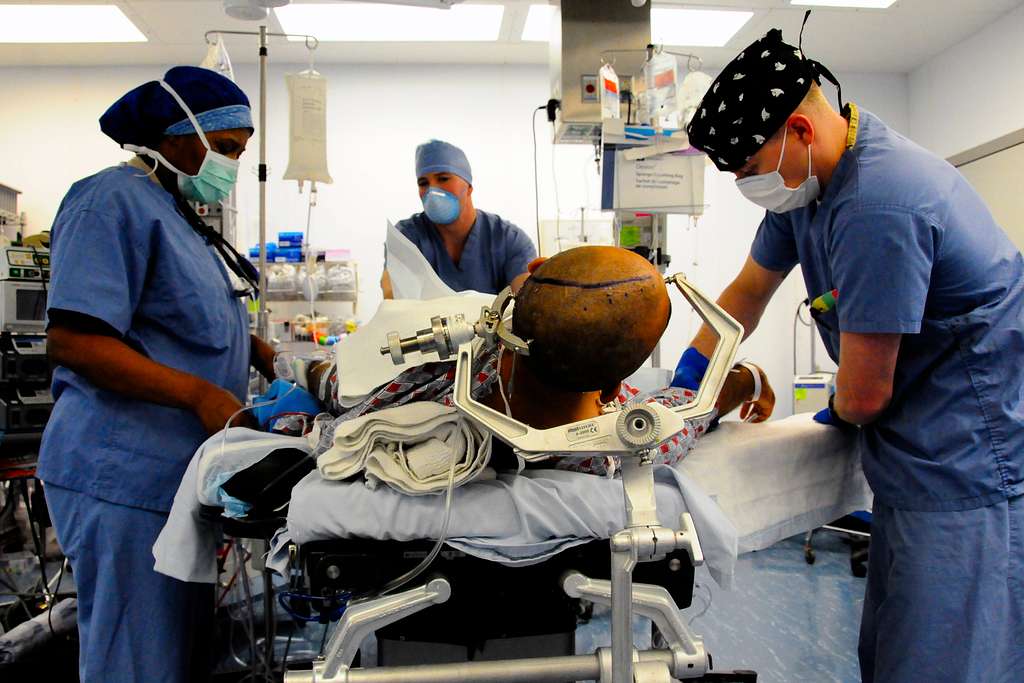Brain surgery is a standard approach used to remove tumors from the brain. While facing surgery may be a significant challenge, understanding the process may help demystify it and provide clarity. Here are some surgical techniques for treating primary and metastatic brain tumors:
Primary Brain Tumors
Primary brain tumors originate in the brain itself. They develop from brain cells, glands, or tissues in the area and exhibit a wide range of behaviors. Some grow slowly, while others progress more rapidly. Examples include gliomas, meningiomas, and astrocytomas. These are addressed based on their location, size, and effect on surrounding tissues.
Metastatic Brain Tumors
Metastatic brain tumors occur when cancer from another part of the body spreads to the brain. Typical sources include the lung, breast, and melanoma skin cancers. They often present new challenges due to their complexity and the potential presence of multiple lesions. Treatment decisions depend on the tumor’s characteristics and the patient’s overall health.
Various Surgical Techniques
Modern brain surgery techniques offer varied approaches, depending on the tumor’s size and location. Each has its benefits and is selected based on individual cases. Here are several standard surgical approaches:
Craniotomy Surgical Procedures
A craniotomy involves opening the skull to access the brain. Surgeons carefully remove a section of the skull, allowing them to view and remove the tumor. Afterward, the skull is secured back in place. This technique is tailored to the specific needs of the patient, particularly when dealing with large or deeply seated tumors.
Minimally Invasive Surgery
Minimally invasive surgery involves smaller incisions and less disruption to surrounding tissues. Through these approaches, doctors aim to reduce recovery time and decrease the impact on healthy brain regions. Advanced tools and imaging technology provide accuracy during these procedures.
Neuroendoscopy Surgery Techniques
Neuroendoscopy utilizes small cameras and tools to address tumors through natural openings or small holes in the skull. This method allows for precise removal with minimal disruption to adjacent structures. Tiny cameras provide detailed visuals, offering surgeons enhanced access to hard-to-reach areas.
Brain Surgery Process
Before surgery, extensive imaging tests such as MRIs or CT scans may be conducted. These tests map the tumor’s location and help plan the procedure. On the day of the operation, anesthesia aims to make the process pain-free. For some minimally invasive techniques, patients may stay awake under monitored conditions to assist surgeons with real-time feedback.
During the procedure, highly trained teams work together to manage every detail. Specialized tools enable precise removal of the tumor, all while safeguarding healthy tissue. The goal is to achieve tumor removal safely while preserving brain function.
Post-Surgical Care
Recovery experiences depend on the surgical technique, tumor location, and individual factors. Some patients recover quickly, returning home within a few days. Others may require rehabilitation to regain skills or adjust to changes. Speech therapy, physical therapy, or occupational therapy might assist in the overall recovery process.
Ask an Expert About Brain Surgery Options
Facing brain surgery for a tumor can be a significant burden to handle alone. While the diagnosis often comes with uncertainty, advancements in surgical techniques provide pathways to treatment that were not previously available. Consult with a trusted medical team to provide clarity and guidance.
